12 Hidden Gem Villages in Japan Full of Charm and Tradition
Japan is home to some of the most picturesque villages tucked away from the usual tourist paths. These locations offer a quiet retreat where tradition and natural beauty meet. Many of them still hold on to their centuries-old customs, giving visitors a rare glimpse into authentic village life. Whether you are a seasoned traveler or a first-time visitor, these villages will leave you with memories that last. Let us guide you to some of the most charming spots Japan has to offer.
This post may contain affiliate links, which helps keep this content free. Please read our disclosure for more info.
Shirakawa-go (Gifu Prefecture)
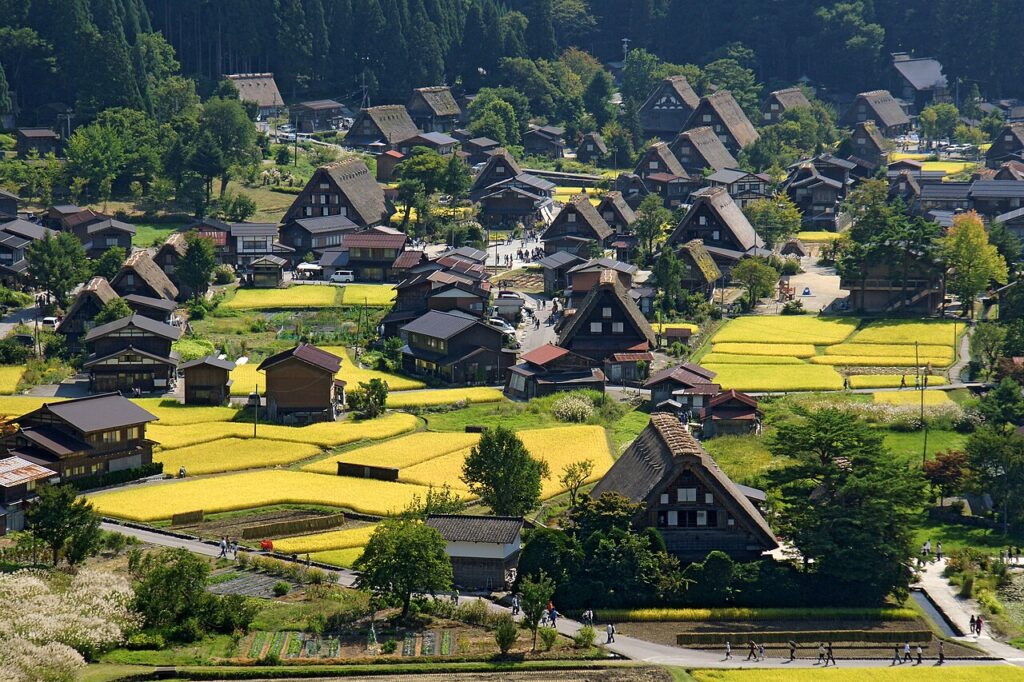
Shirakawa-go is famous for its well-preserved gassho-zukuri farmhouses, many of which are over 250 years old. This UNESCO World Heritage site offers visitors a rare chance to step into Japan’s rural past. The village is surrounded by picturesque mountains, making it particularly stunning in winter when the roofs are covered with snow. Shirakawa-go is an excellent place to experience traditional thatched-roof houses and the serene beauty of rural Japan.
The village’s charm lies in its isolation and the timeless atmosphere it offers. The area is quiet and peaceful, with only a small number of visitors each year, ensuring an intimate experience. In addition to its historical buildings, Shirakawa-go offers scenic walking trails and opportunities to learn about local crafts. It is a great place to explore Japan’s rural heritage while enjoying the tranquil surroundings.
Ouchi-juku (Fukushima Prefecture)
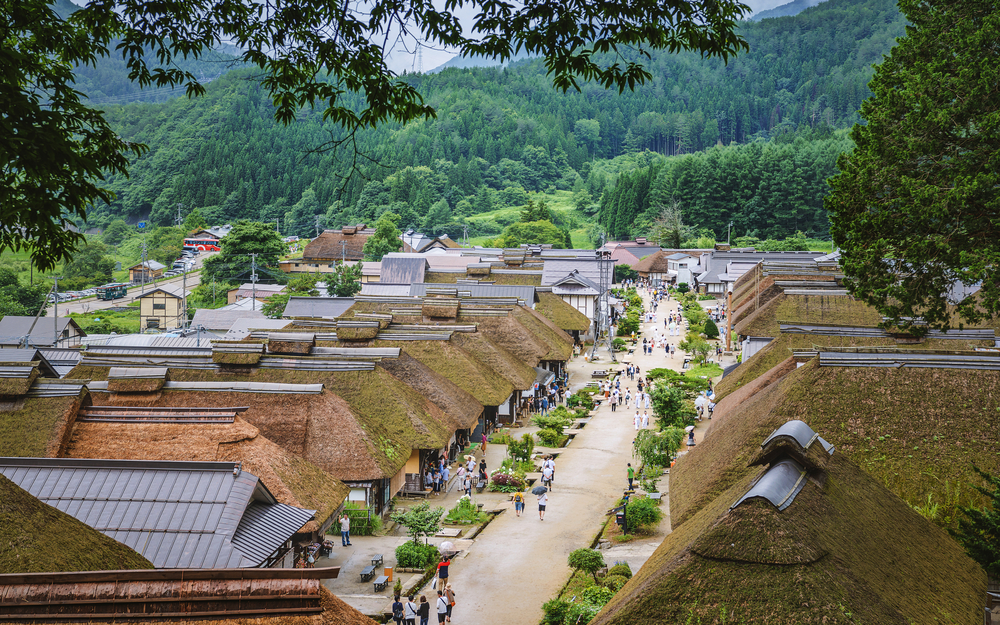
Ouchi-juku is a charming post town that retains the traditional Edo-period atmosphere. The village is famous for its thatched-roof houses that line the street, which are particularly beautiful in winter when they are covered in snow. The road through the village is lined with historical markers that tell the story of the town’s past as a stopping point for travelers on the Aizu-Nishi Kaido route. Ouchi-juku offers a glimpse into the way of life from hundreds of years ago.
Visitors to Ouchi-juku can enjoy local dishes such as “soba” (buckwheat noodles) and explore the area’s scenic beauty. The village is also known for its hot springs, where travelers can relax after a day of sightseeing. Ouchi-juku hosts various traditional festivals, including one in the winter that celebrates the village’s old customs. It is a peaceful and picturesque place, ideal for those seeking a slower pace of life.
Kusatsu (Gunma Prefecture)
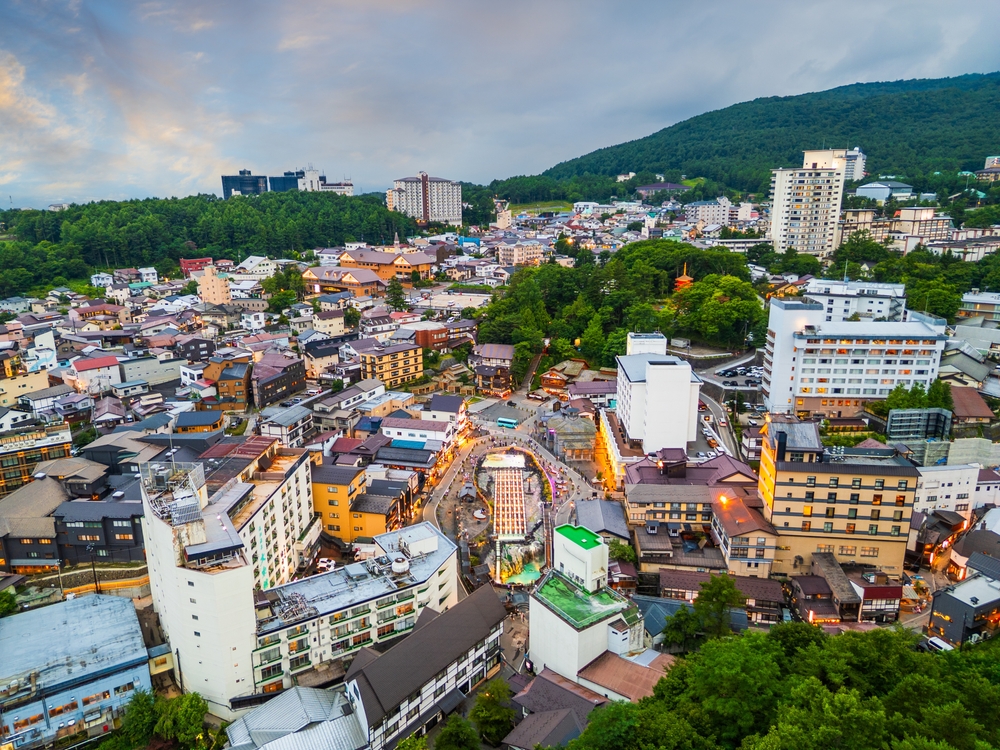
Kusatsu is a well-known hot spring village located in the mountains of Gunma Prefecture. The village is famous for its Yubatake (Hot Water Field), where the hot spring water flows in streams, creating a dramatic and beautiful sight. Kusatsu’s hot springs are said to have healing properties, attracting visitors looking to relax and rejuvenate. The village offers several public baths and ryokan (traditional inns) where visitors can experience the hot spring culture.
Aside from the hot springs, Kusatsu also offers lovely walking paths and a variety of hiking opportunities. It is a great destination for nature lovers who want to combine relaxation with outdoor activities. The village has a welcoming atmosphere, and visitors can enjoy delicious local cuisine such as “onsen tamago” (hot spring eggs). Kusatsu is a wonderful place to unwind and enjoy the natural beauty of Japan’s mountainous landscapes.
Kanazawa (Ishikawa Prefecture)

Kanazawa is a well-preserved historical city known for its Edo-period charm and cultural richness. The village is home to beautiful gardens, such as Kenrokuen, one of the most famous gardens in Japan. Kanazawa also boasts a thriving traditional arts scene, with craftsmen specializing in gold leaf, Kutani ceramics, and Kaga yuzen silk dyeing. The city’s old districts, including Higashi Chaya, are full of historic tea houses and narrow streets.
Kanazawa is often less crowded than major tourist cities, making it an ideal spot for those looking to explore traditional Japan. Visitors can enjoy the atmosphere of the Samurai District, where well-preserved houses and shops tell the story of the past. The village’s location by the Sea of Japan provides opportunities to enjoy fresh seafood and coastal beauty. Kanazawa offers a mix of history, culture, and nature, making it a perfect destination for a peaceful retreat.
Kinosaki Onsen (Hyogo Prefecture)
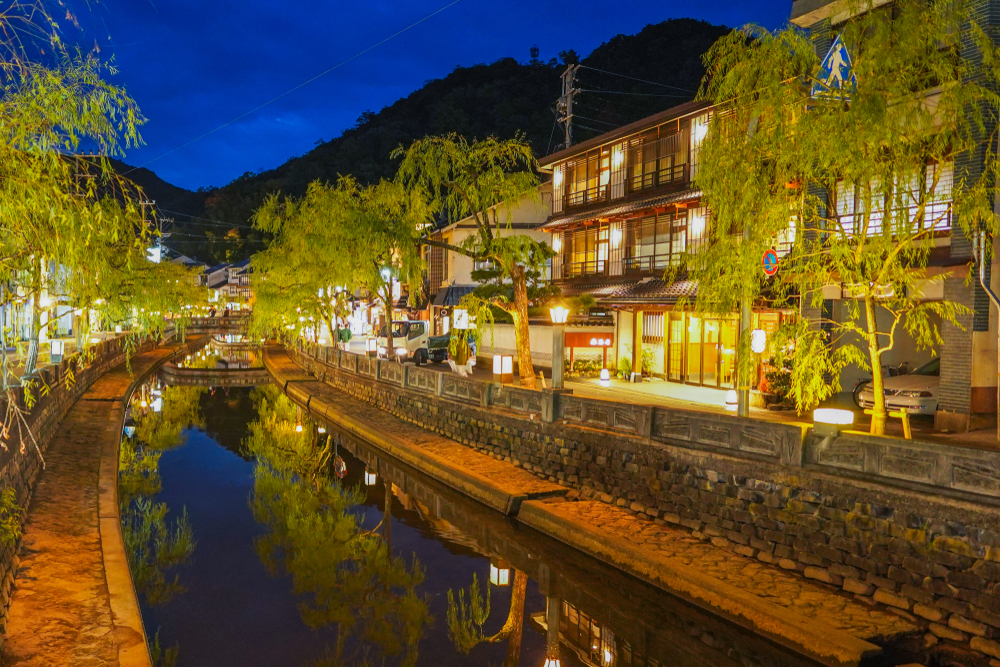
Kinosaki Onsen is a charming hot spring town located along the coast of the Sea of Japan. The village is famous for its seven public baths, each with its own distinct character. Visitors can purchase a “bath pass” and experience all seven baths, a unique way to enjoy the local hot springs. The town’s traditional atmosphere, with its willow-lined canals and ryokan accommodations, offers a nostalgic experience of old Japan.
The village is also known for its beautiful scenery, including the nearby Onsen-ji Temple and picturesque walking paths. Kinosaki Onsen is especially charming during the winter months when visitors can warm up in the hot springs while surrounded by snow. The town’s local cuisine includes fresh seafood, and visitors can enjoy delicacies such as “kani” (crab) and “shabu-shabu” (hot pot). Kinosaki is the perfect destination for those seeking a peaceful, relaxing escape with a rich cultural heritage.
Gokayama (Toyama Prefecture)
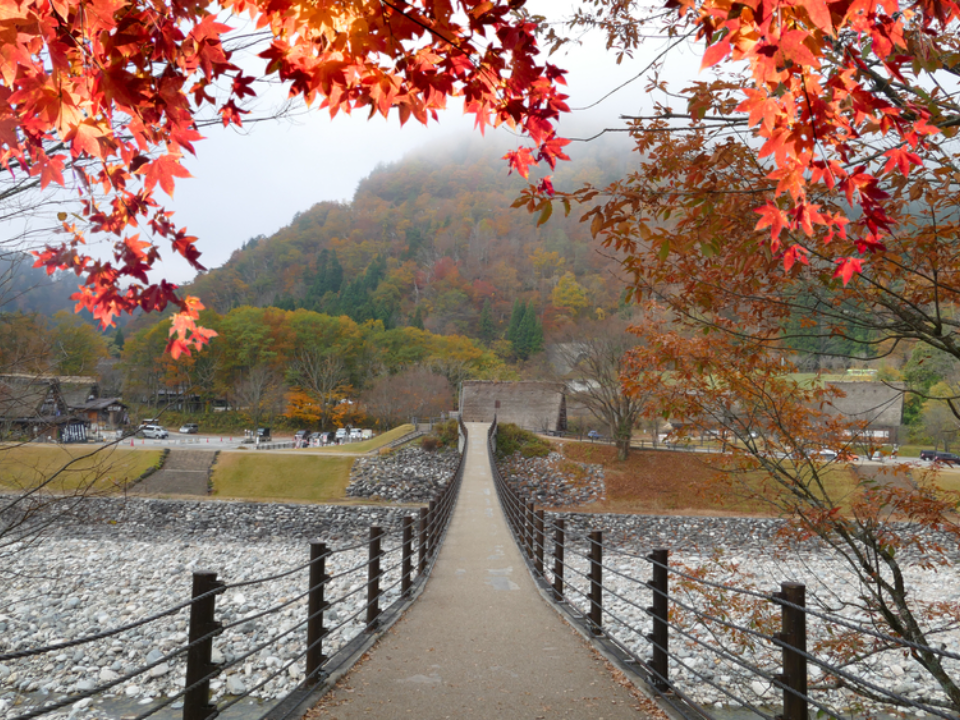
Gokayama is a rural village located in the mountains of Toyama Prefecture, known for its traditional gassho-zukuri houses. This hidden gem, like Shirakawa-go, offers a glimpse into Japan’s rural past. The village is surrounded by lush forests and flowing rivers, creating a peaceful and serene environment. Gokayama is a lesser-known destination compared to Shirakawa-go, making it a quiet place to experience the charm of Japan’s traditional villages.
In addition to its historical houses, Gokayama offers several hiking trails that lead visitors through the beautiful natural landscape. The village’s calm atmosphere makes it a great place to relax and take in the scenery. Local residents still practice traditional crafts, such as weaving and pottery, which visitors can learn about. Gokayama is a perfect spot for those looking to escape the crowds and immerse themselves in rural Japan’s beauty.
Magome-juku (Gifu Prefecture)
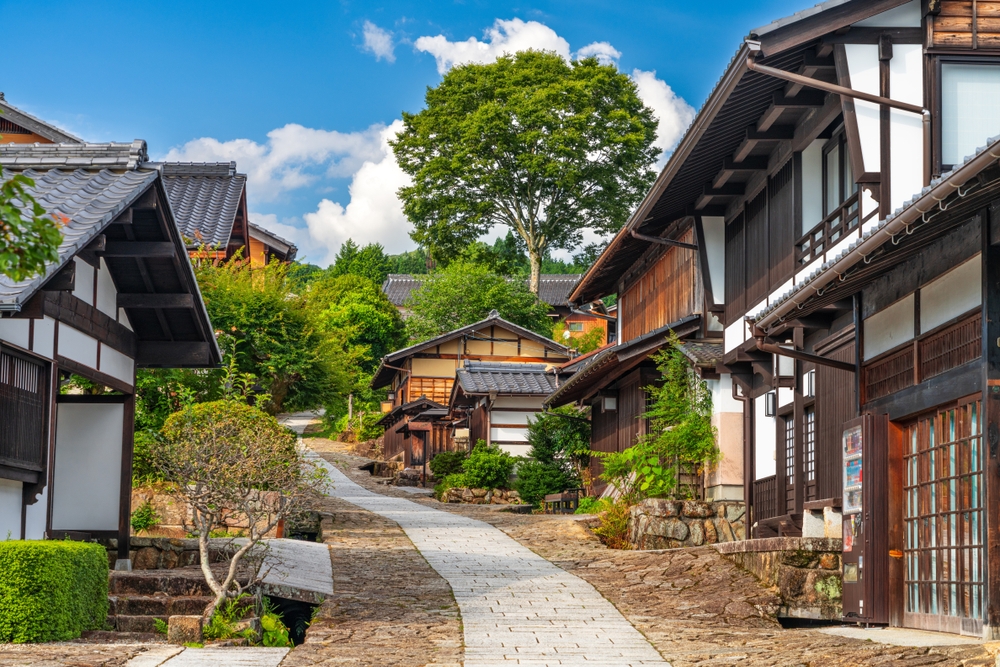
Magome-juku is a picturesque post town on the old Nakasendo Trail, which once connected Kyoto and Edo (modern-day Tokyo). The village has retained much of its historical charm, with cobblestone streets and traditional wooden houses lining the way. Walking along the Nakasendo Trail, visitors can take in stunning views of the surrounding mountains and enjoy the serene atmosphere of the town. Magome-juku offers a unique opportunity to step back in time and experience Japan’s Edo-period road system.
Magome-juku is an excellent spot for hikers, as it serves as the starting point for a scenic walk to Tsumago, another historic post town. Visitors can explore small museums, local shops, and traditional inns that offer a taste of life along the old trail. The village is especially beautiful in autumn when the surrounding mountains are covered in vibrant fall foliage. Magome-juku offers both a historical and natural experience, making it an ideal stop on a journey through rural Japan.
Aso (Kumamoto Prefecture)
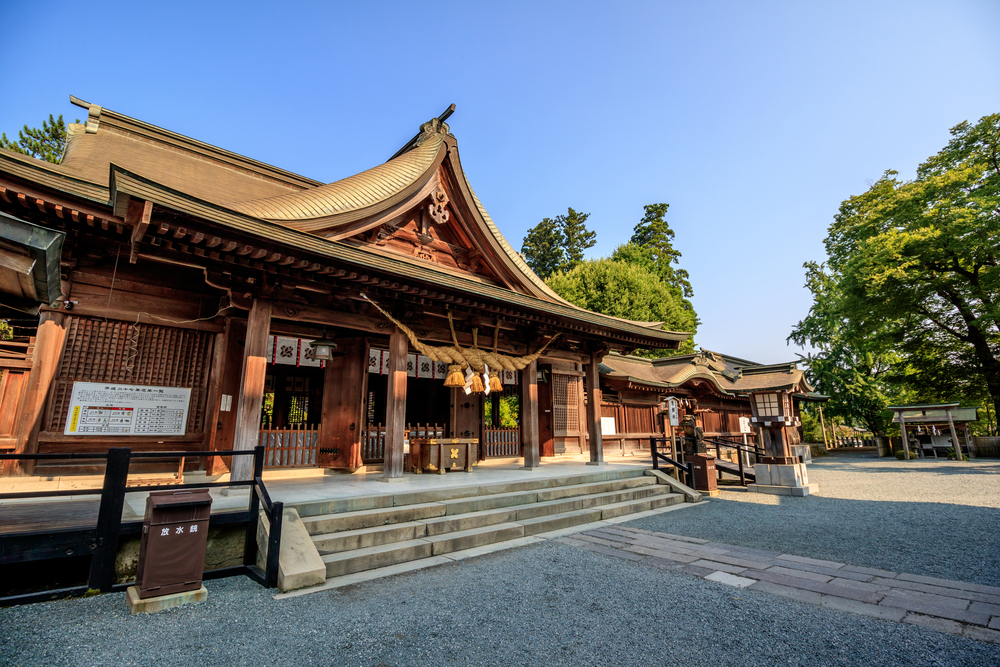
Aso is a stunning village located within the Aso Caldera, the largest volcanic crater in the world. The village is surrounded by lush green fields and dramatic landscapes, making it a popular spot for nature lovers. Aso’s famous landmark is Mount Aso, one of the largest active volcanoes in Japan, where visitors can hike and explore the area’s geothermal activity. The village’s charm lies in its natural beauty, as well as the traditional farms and villages that dot the landscape.
The Aso area is home to a number of hot springs, and visitors can relax in the soothing waters after exploring the volcanic terrain. Aso is also known for its delicious local cuisine, including “Aso beef,” which is highly regarded for its tender texture and rich flavor. The village offers various outdoor activities, such as horseback riding and cycling, making it an ideal destination for adventure seekers. Aso’s unique landscape and rich agricultural heritage make it a special place to visit.
Takayama (Gifu Prefecture)
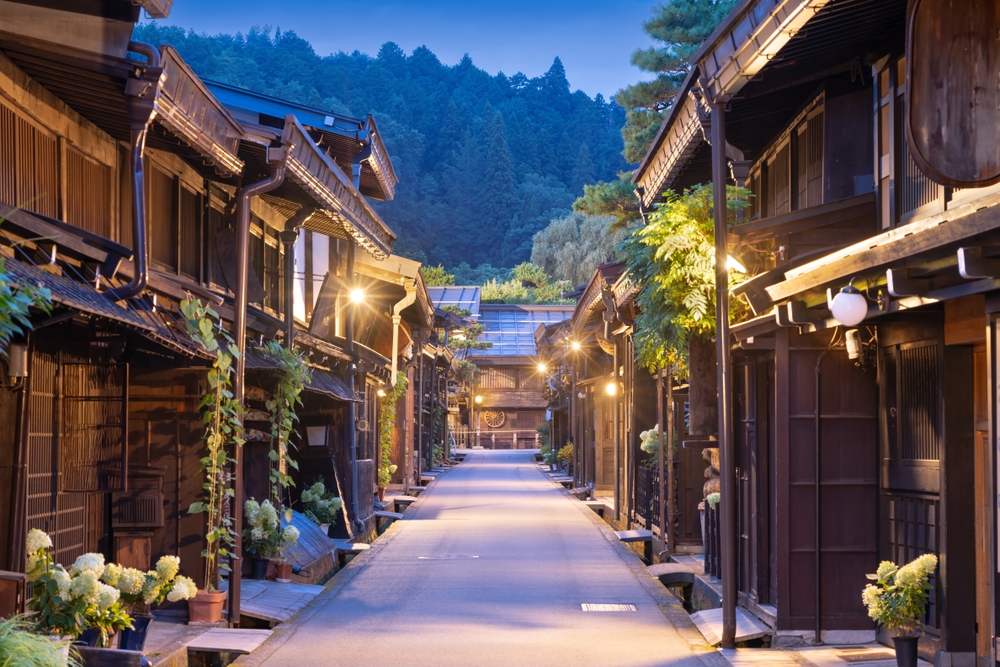
Takayama is a beautifully preserved town known for its historical old town and traditional architecture. Located in the Japanese Alps, Takayama offers a glimpse into the past with its Edo-period streets, wooden houses, and merchant shops. The town is particularly famous for its annual festivals, which showcase intricate floats and traditional performances. Takayama is a great place to experience the culture of rural Japan while enjoying scenic views of the surrounding mountains.
The town is also known for its local markets, where visitors can find fresh produce, handmade goods, and traditional snacks. Takayama’s “Hida beef” is a must-try for food lovers, known for its marbled texture and rich flavor. The village offers a peaceful atmosphere with a blend of nature, culture, and history. Takayama is a hidden gem where visitors can enjoy both the beauty of traditional Japan and the charm of a mountain town.
Kumano (Wakayama Prefecture)
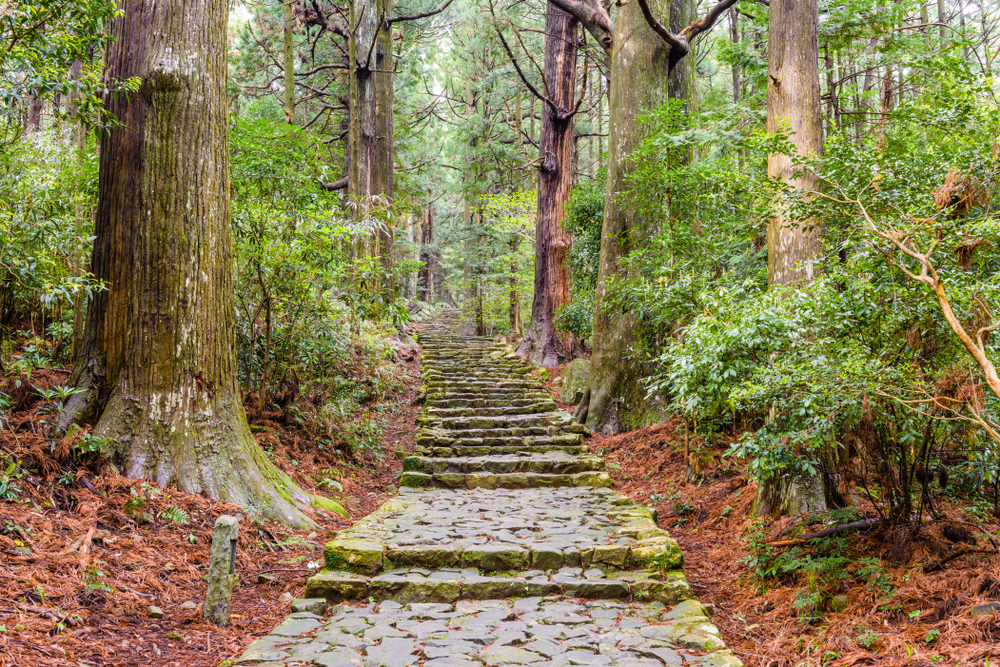
Kumano is a village that holds deep spiritual significance in Japan. It is home to the Kumano Kodo, a network of ancient pilgrimage routes that lead to the sacred Kumano Shrines. The village is surrounded by lush forests and mountains, creating a serene and spiritual atmosphere. Kumano’s rich cultural history and connection to Japanese Shinto traditions make it a fascinating destination for those interested in spirituality and heritage.
Visitors to Kumano can walk the pilgrimage trails, visiting sacred sites along the way and experiencing the peaceful environment. The village offers several traditional ryokan and onsens, where travelers can relax after a day of hiking. Kumano is a quiet and reflective place, ideal for those seeking peace and connection to nature. The village’s cultural significance and natural beauty make it an essential destination for history and spirituality enthusiasts.
Nara (Nara Prefecture)
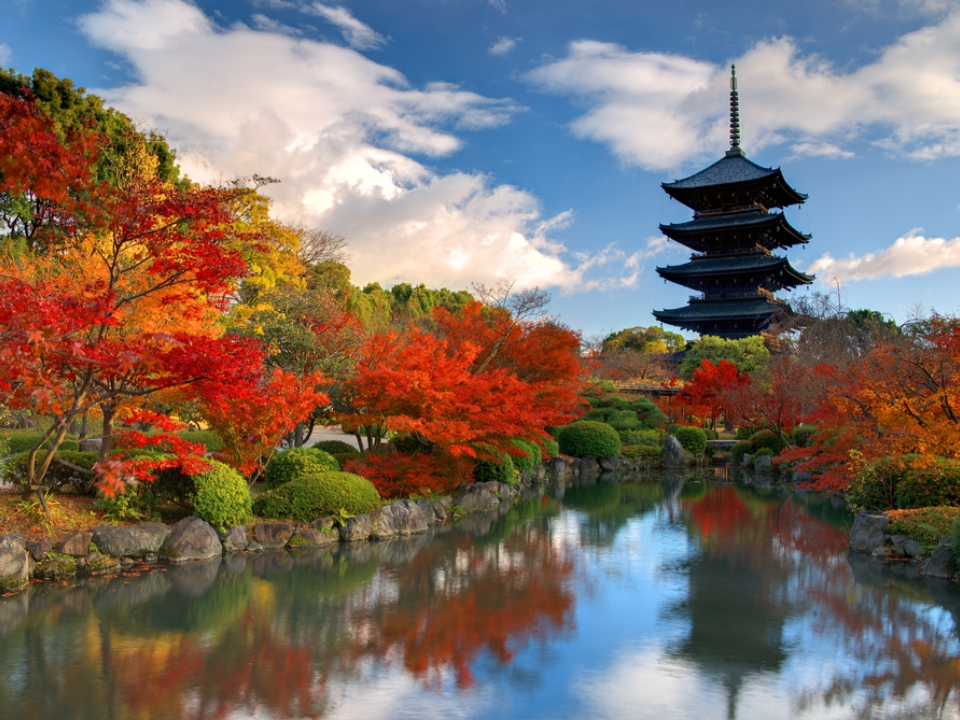
Nara, Japan’s first capital, is full of historical landmarks and cultural treasures. The village is best known for the Todai-ji Temple, home to the Great Buddha statue, which attracts visitors from all over the world. The Nara Deer Park is another popular spot, where deer roam freely in the lush green landscape. The town is an ideal place to explore traditional temples, shrines, and museums that showcase Japan’s ancient heritage.
Nara is often overshadowed by Kyoto, making it a quieter and more relaxed destination. Visitors can explore the beautiful parks, wander through ancient streets, and learn about the region’s cultural significance. The town’s small size makes it easy to explore on foot, and the atmosphere is perfect for a leisurely day of sightseeing. Nara offers both historical depth and natural beauty, making it an unforgettable destination for travelers seeking culture and tranquility.
Yufuin (Oita Prefecture)
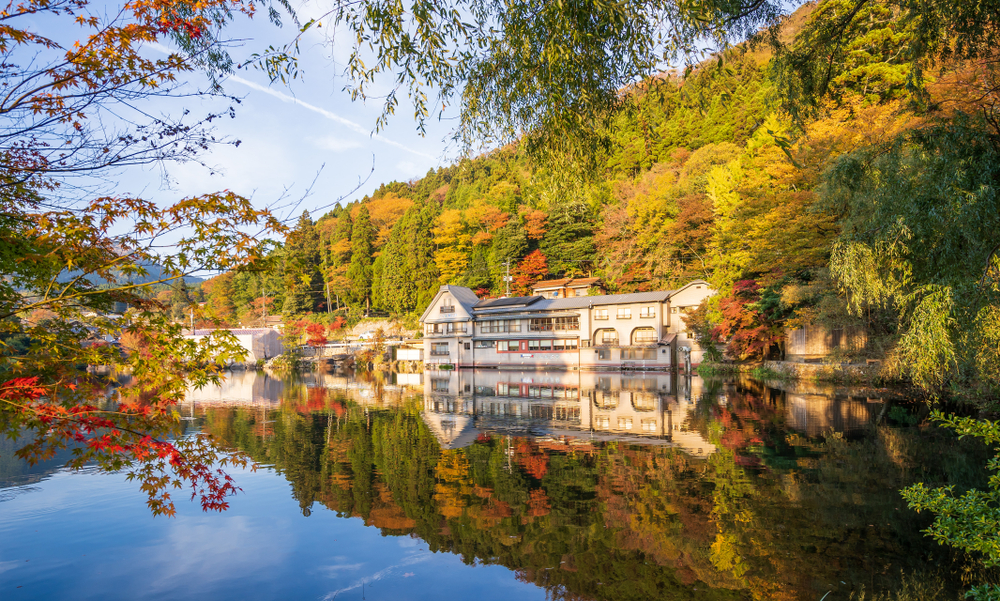
Yufuin is a charming hot spring village located in the mountains of Oita Prefecture. The village is known for its scenic beauty, with Mount Yufu towering in the background and lush fields surrounding the area. Yufuin’s hot springs are famous for their relaxing qualities, and visitors can enjoy a variety of bathhouses and ryokan that offer traditional Japanese experiences. The village’s quaint atmosphere and natural surroundings make it a perfect escape from the hustle and bustle of city life.
Yufuin is also home to a number of art museums and galleries, showcasing works by both local and international artists. The village has a vibrant food scene, with numerous cafes and restaurants offering delicious local specialties. The streets of Yufuin are lined with small shops selling handmade crafts and souvenirs, making it a great place to pick up unique items. Yufuin’s combination of natural beauty, culture, and relaxation makes it one of Japan’s hidden treasures.
This article originally appeared on Avocadu.
